

Hitting the gym to lift weights and exercise can be a fun hobby, but if you don’t have any definite goals for the outcome of your workout, you’re ultimately wasting your time.
You can focus on vague concepts like improving your overall health and fitness, but the weight room is the ideal place to accomplish one thing: Getting bigger, leaner, and stronger. To do that, you have to go into your workout with a plan — and that means understanding a few simple principles many lifters don’t understand.
Ask the average guy in the average gym how to build bigger muscles, and chances are he’ll tell you to do exactly what he’s doing: Lots of sets and reps of lots of redundant exercises, complete with long breaks to take selfies or scroll through his social media feeds.
You might have noticed that’s not working particularly well for him. Worse, you realize you’re already doing workouts similar to his — it’s tough to do anything else when you’re not focused — and it’s not happening for you, either.
As a guy who trains world-class athletes for a living, I can tell you that the old playbook doesn’t work for most people who use it. There’s a better, faster, more streamlined way to get bigger, leaner, and stronger. Think of these four principles of size — borrowed from my book, Men’s Health Huge in a Hurry — as the spread offense for gym rats.
1. Lift Big to Grow Big
The longer you’ve been lifting weights, the heavier the weights need to be in order for you to see results. On one hand, it’s a stupidly obvious point — of course you use bigger weights as you become stronger. But that’s not exactly what I’m talking about.
When you were a beginner, you could gain size and strength as long as the weight you used on any given exercise was at least 60 percent of the amount you could lift for a single max-effort repetition. It’s a weight you could lift 15 to 20 times in a single set. By any definition, that’s pretty light.
That percentage, though, increases with experience. Most gym regulars need to use at least 80 percent of their 1-rep max to grow bigger and stronger. Now, we’re talking about a weight you could probably lift about 8 times in an all-out set before there’s nothing left in your tank.

Be honest: Do you really use weights heavy enough to fall into that range? If you typically perform multiple sets of 8 to 10 repetitions for each exercise, you don’t. To use 80 percent of your max for 3 or 4 sets, each set would probably consist of 5 or 6 repetitions.
It becomes even harder from there. If you’re beyond the intermediate stage — if you’re a serious gym rat and have been lifting consistently for much of your adult life, you might need 85 to 90 percent of your 1-rep max to see genuine progress. In a normal workout with multiple sets of each exercise, we’re talking about 2, 3, or 4 repetitions per set. You should be failing to finish at least some of those sets, within reason — lifting a weight until you physically can’t any more helps to lay the bedrock for success on your next attempt.
You can see the problem: Nobody can lift near-max weights on every exercise of every workout. You’d either burn out or hurt yourself, and it wouldn’t take long.
Fortunately, there is one loophole.
2. Lift Fast to Get Big
You know you’re supposed to lift weights slowly and deliberately and under control. I have no problem with the “under control” part — good form requires it. But I want to take serious issue with “slowly and deliberately.”
The faster you lift, the better the results. If you’re trying to increase size, fast lifts activate more of the muscle fibers that have the most potential to grow. If you’re trying to become leaner, fast lifts do more to crank up your heart rate — and by extension your metabolism — than anything else. And if you’re trying to grow stronger . . . well, how many feats of strength can you list that are performed slowly and deliberately? Even if something looks slow from the outside, you can bet that the guy performing the feat is trying like hell to get it done as fast as possible.
Anything worth lifting is worth lifting fast, as long as you control the weight and don’t let it control you. That means you’ll lower the weight a bit more slowly than you lifted it. You don’t have to lower it at any particular tempo; just make sure you return it to the starting position without dropping it or shifting your body out of proper alignment.
3. Quit When You’re Ahead
A fast lift with a heavy weight uses more muscle fibers than a slower lift with a lighter weight. But those big, strong muscle fibers poop out really fast — usually in 15 seconds or less. Once they’ve quit on you, you’re left to struggle with the weight using fibers that aren’t up to the task.
Your body has two ways of tipping you off:
1. The speed of your repetitions slows.
2. Your form changes, and you either shorten your range of motion or have to cheat to accomplish the full range.
At that point, it makes more sense to end the set than to keep going with compromised speed or bad form — think of those as your new standards for a failed rep.
I say this knowing it’s one of the most unnatural things I could ask you to do in the weight room. After all, if the goal is to do sets of 8 reps and your speed slows down on the sixth, it takes discipline to end the set before grinding and shaking through those seventh and eighth reps. And it works only if you’re also willing to follow the fourth principle.
4. Think Big to Grow Big
My final revision of the weight-lifting playbook makes it dramatically shorter and lighter: I’ve eliminated almost all the exercises that work only small muscles or single muscle groups in isolation. Instead, my workouts begin and end with the exercises that work your biggest muscles, with the goal of working as many of them as possible every time you lift.
Each workout is built around one lower-body exercise — squats, deadlifts, lunges, or stepups — and two upper-body exercises, one for pushing and one for pulling. Gone are the leg extensions and biceps curls.

Getty Imagesgradyreese
If you’re wondering how you’re supposed to build big arms without curls, I have a simple assignment for you: Grab a chinup bar and try to pull yourself up without using your biceps. Impossible, right? So if you work your biceps with chinups or lat pulldowns, using an underhand grip, or any type of rowing exercise, why would you need to do curls? What benefit does a curl offer that you can’t achieve with a chinup or row? As a bonus, you burn a lot more calories when you train your biggest muscles.
The World’s Smartest Workout
If you want to pack on muscle fast, the old saying is true: You need to train smarter, not harder. Using my five new principles of size, all it takes is three exercises, three days a week.
Monday
Do 25 total reps of each exercise, using a weight you can lift 4 to 6 times before your speed slows down or your form changes. Rest about 60 seconds between sets.
1. Bench press
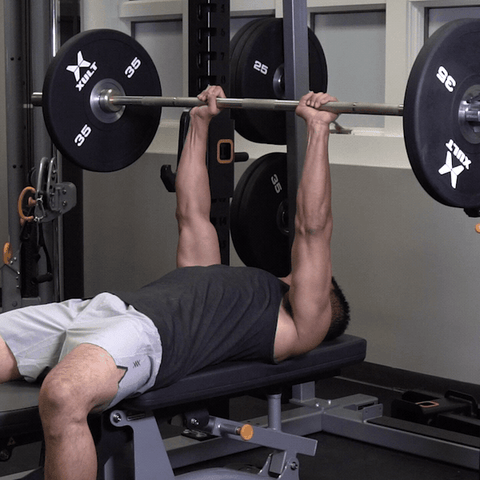
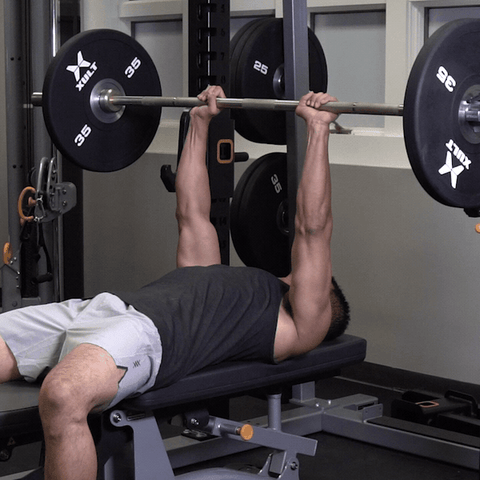
Men's Health
2. Chinup

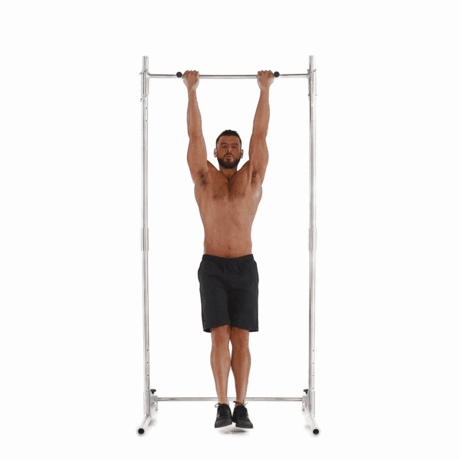
Men's Health
3. Deadlift
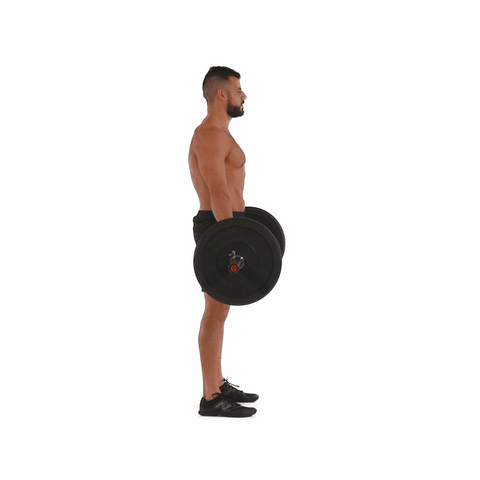
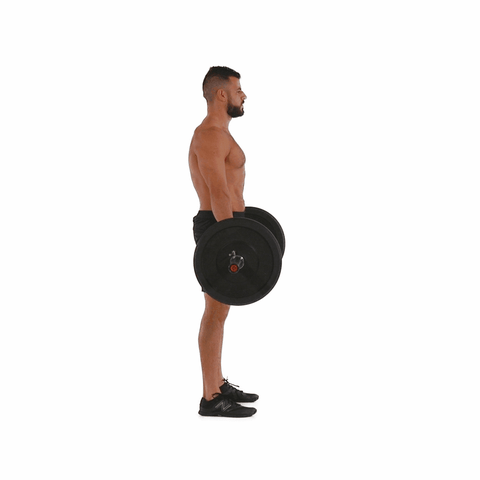
Men's Health
Tuesday: Rest
Wednesday
Do 40 total reps of each exercise with each arm or each leg, using a weight you can lift 10 to 12 times before your speed slows down or your form changes. Do all the reps of each exercise before resting. Rest 45 seconds between sets.
1. Dumbbell single-arm press


Men's Health
2. Dumbbell single-arm row
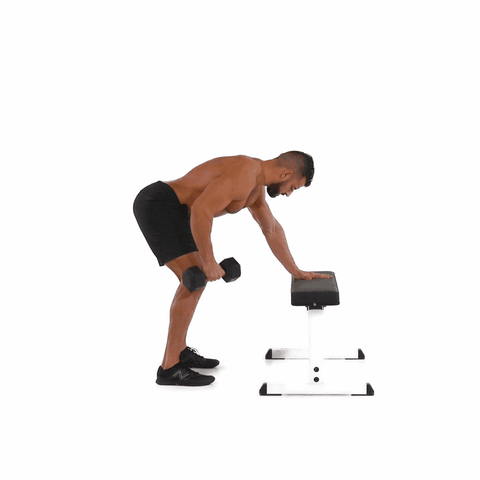

Men's Health
3. Dumbbell lunge or stepup
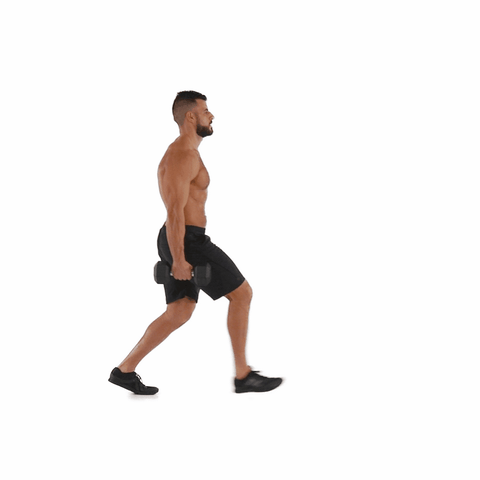
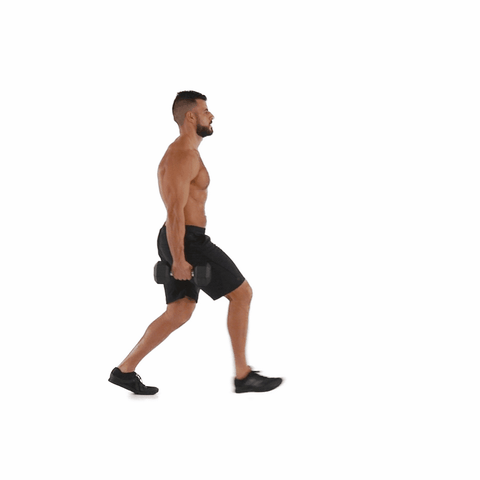
Men's Health
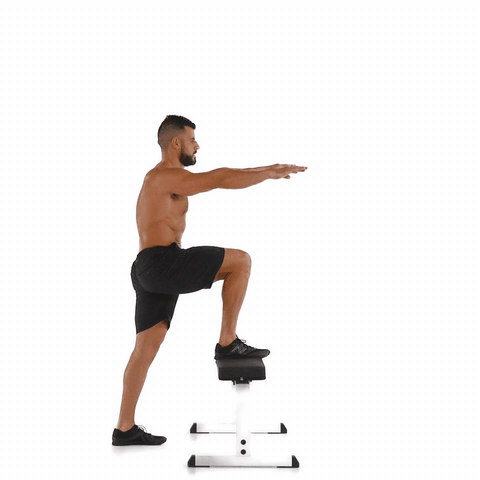
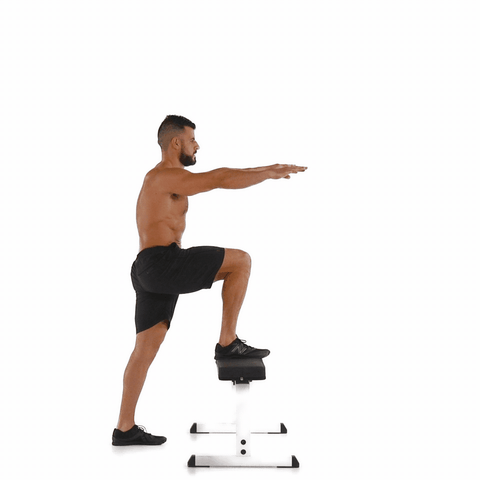
men's Health
Thursday: Rest
Friday
Do 15 total reps of each exercise, using a weight you can lift 2 to 3 times before your speed slows down or your form changes. Rest about 90 seconds between sets.
1. Barbell bent-over row
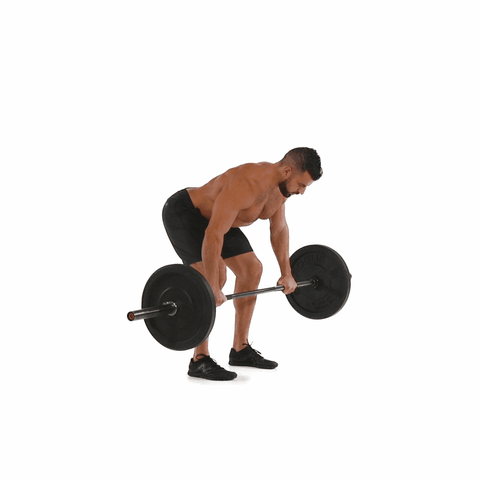

Men's Health
2. Dip
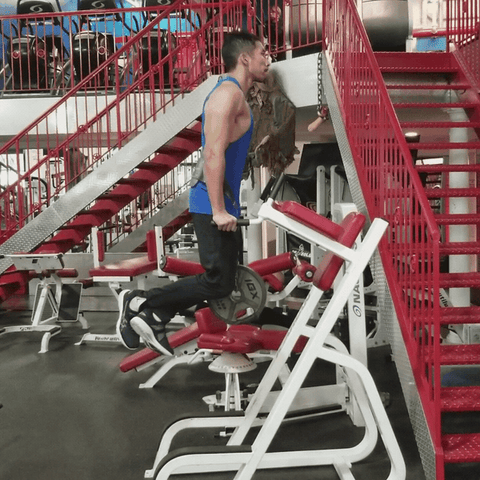
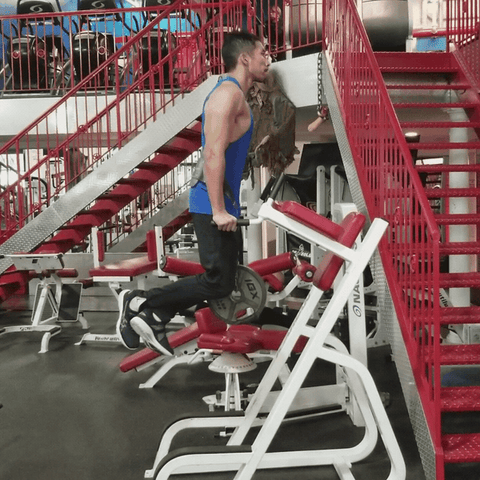
Men's Health
3. Barbell Back Squat
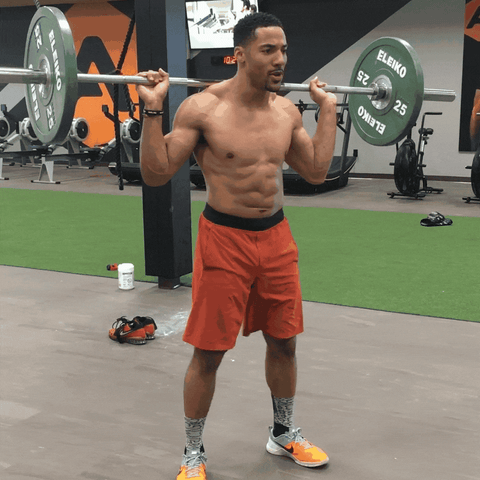
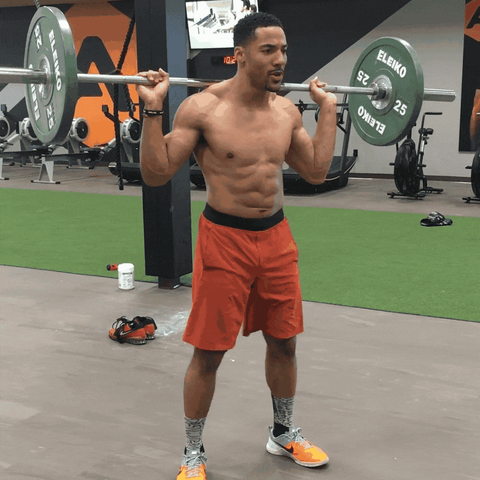
Source: Read Full Article